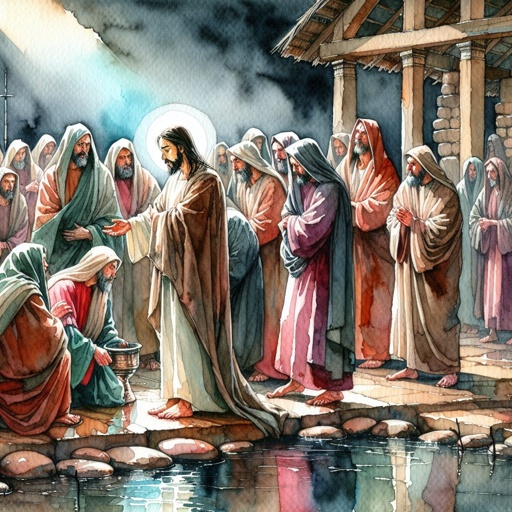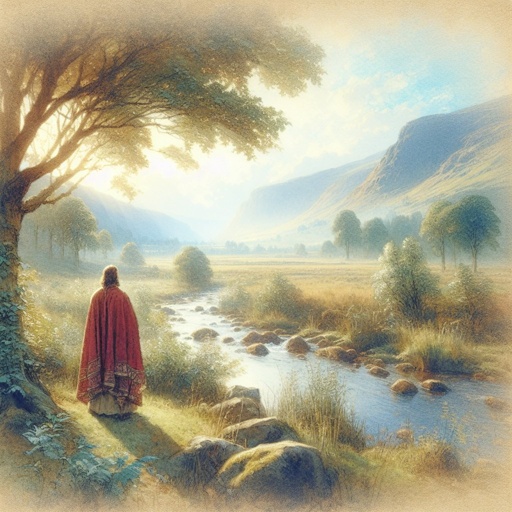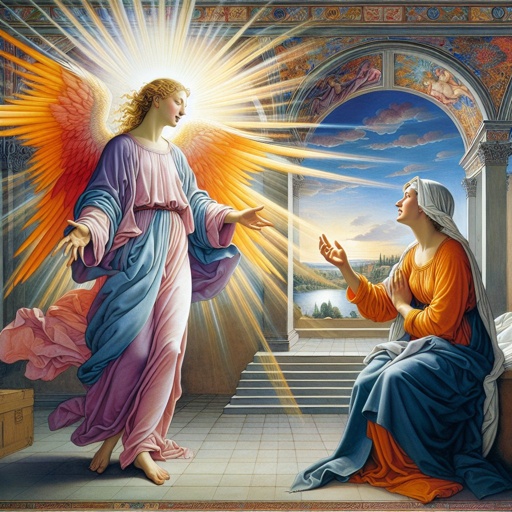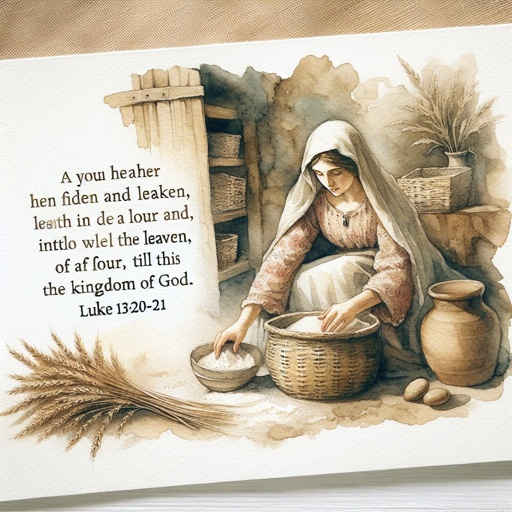Luke Artwork
"Forasmuch as many have taken in hand to set forth in order a declaration of those things which are most surely believed among us," - Luke 1:1
Explore Luke through paintings, pictures, drawings, digital art, illustrations, wallpapers, photos, prints & more.

Luke

Luke

luke 22:42

Luke 10:5

Luke 1:32

Luke 1:32

Luke 1:32

luke 22:42

Luke 1:39

Luke 10:5

Luke 10:5

Luke 1:1

Luke 1:32

Luke 1:32

Luke 1:32

Luke 9:54-55

Luke 13:20-21

Luke 10:18-19

Luke 10:18-19

Luke 10:17-19

Luke 13:20-21

Luke 10:18-19

Luke 13:20-21

Luke 13:18-19

Luke 10:17-19

Luke 10:18-19

Luke 10:18-19

Luke 10:18-19

Luke 13:20-21

Luke 13:20-21